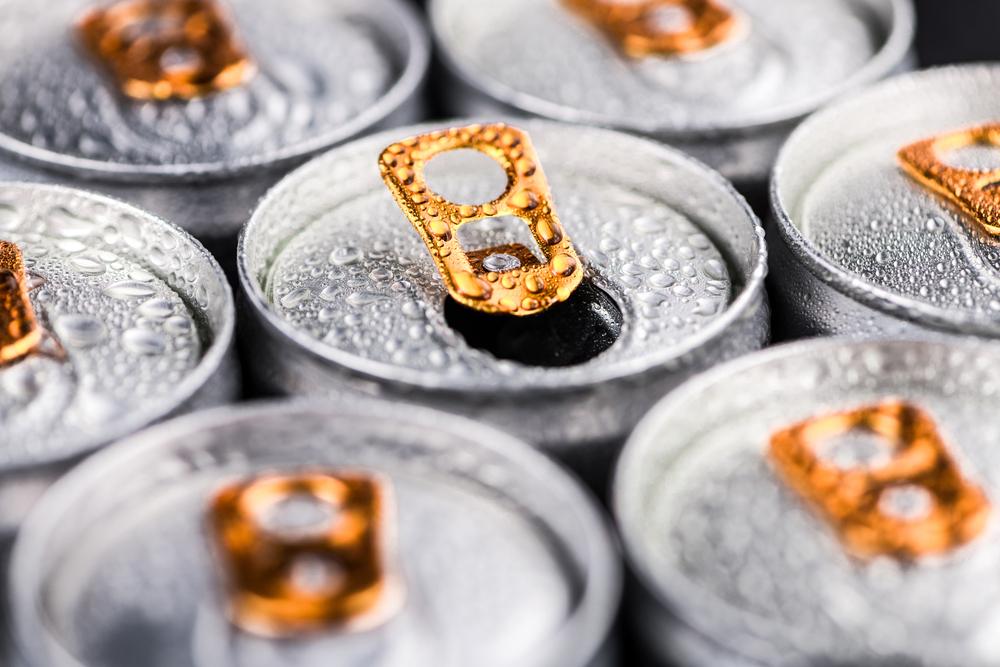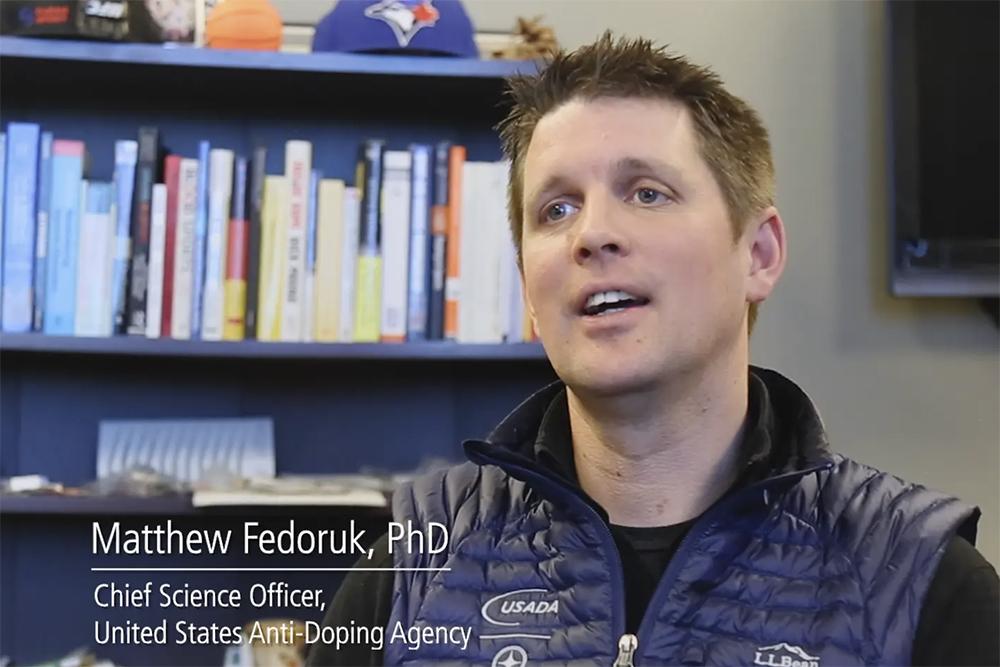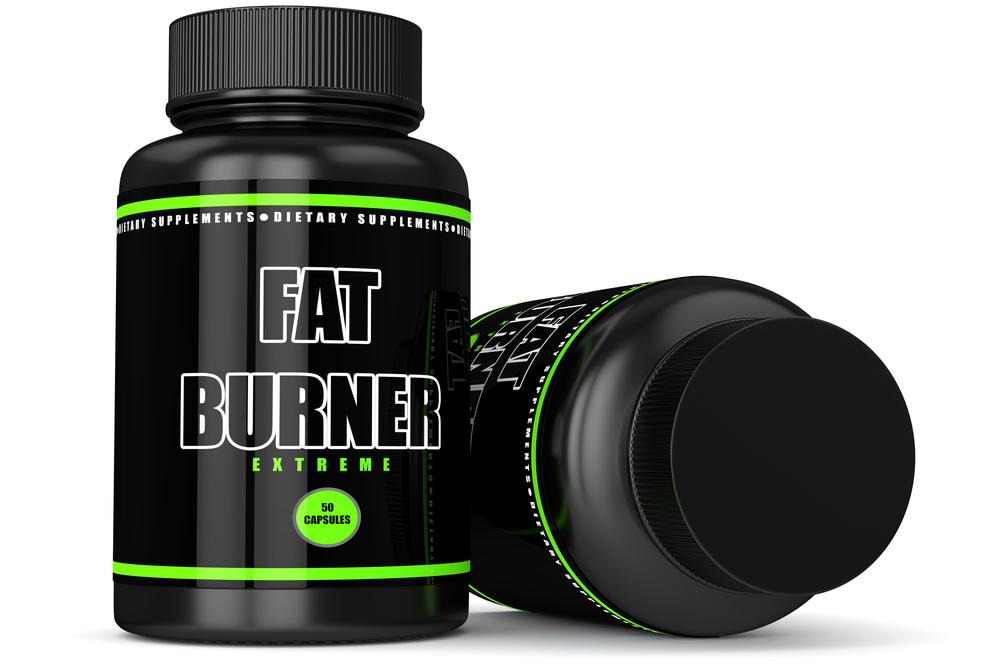 It’s easy to see why a youth athlete might think energy drinks are the answer to get them through those long days of school and practice…popular drink brands sponsor exciting and big-time sports events, professional athletes endorse them, and the advertisements promise better focus, energy, and performance.
It’s easy to see why a youth athlete might think energy drinks are the answer to get them through those long days of school and practice…popular drink brands sponsor exciting and big-time sports events, professional athletes endorse them, and the advertisements promise better focus, energy, and performance.
But the reality is these beverages can cause serious harm to young athletes’ bodies and minds.
Teaching young athletes the truth behind flashy drink labels and marketing that features high-profile athletes is the first step in keeping energy drinks out of their hands. Here are five important facts that don’t show up in advertisements that you should share with your athletes.
Fake vs. Real Energy
Many energy drinks have the same amount of caffeine as two cups of coffee or two cans of soda. Other ingredients, like artificial sweeteners, yerba mate, guarana, and kola nut can increase an energy drink’s caffeine levels even more.
These ingredients work together to give a sudden, short-term rush of what feels like energy. But what comes shortly after is a sugar crash, raised blood pressure, and feeling more fatigued than before. Insomnia is another side effect. Proper rest, nutrition, and hydration are the smarter choices for athletes in need of long-lasting energy.
Mental Side-Effects
The Mayo Clinic says adults can safely handle up to 400 mg of caffeine per day, but just 100 mg can cause problems in adolescents and teens. For reference, a single can of Monster has between 140-160 mg of caffeine!
Regular use of energy drinks robs the brain of proper rest and can also cause increased anxiety, nervousness, daily headaches, and seizures. One study of 15 and 16-old year boys even showed a connection between high caffeine levels and violent behavior. Caffeine can be so damaging to the brain that there are four official caffeine-related mental disorders.
Internal Damage
Regular and heavy caffeine use has been shown to cause fast and irregular heartbeats and even heart attacks. Tragically, there are deaths linked to caffeine binges every year. Many of these incidents involve teenagers, whose still-developing hearts and cardiovascular-systems can’t handle the high caffeine doses.
Energy drinks also take a toll on other parts of the body. The high amounts of sugar in many drinks can lead to an increase in fat storage (especially when consumed casually on non-physical activity days) and increase the risk of type II diabetes. These sugars also wreak havoc on teeth, as shown in a study on soft drinks and dental erosion in adolescents and teens.
They Might Not Even Work
If the above isn’t enough to steer a youth athlete away from wanting to use energy drinks, maybe this fact will: energy drinks might not even improve athletic performance.
A study of 19 professional volleyball players showed no increase in the players’ abilities after drinking an energy drink. Another study saw no difference in the amount of time it took participants to ride to exhaustion on an exercise bike, with or without energy drinks. Athletes may be sponsored by energy drinks, but it’s unlikely they actually drink them before a practice or game.
There Are Better Options
Since energy drinks can quicken dehydration, especially when exercising, they’re the opposite of what an athlete needs while working out.
It might sound boring to a young athlete, but nothing beats water. It not only has zero scary side-effects, but also has been proven to be the key to sport performance.



